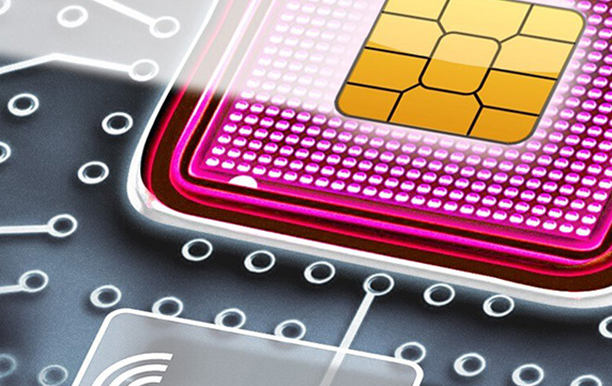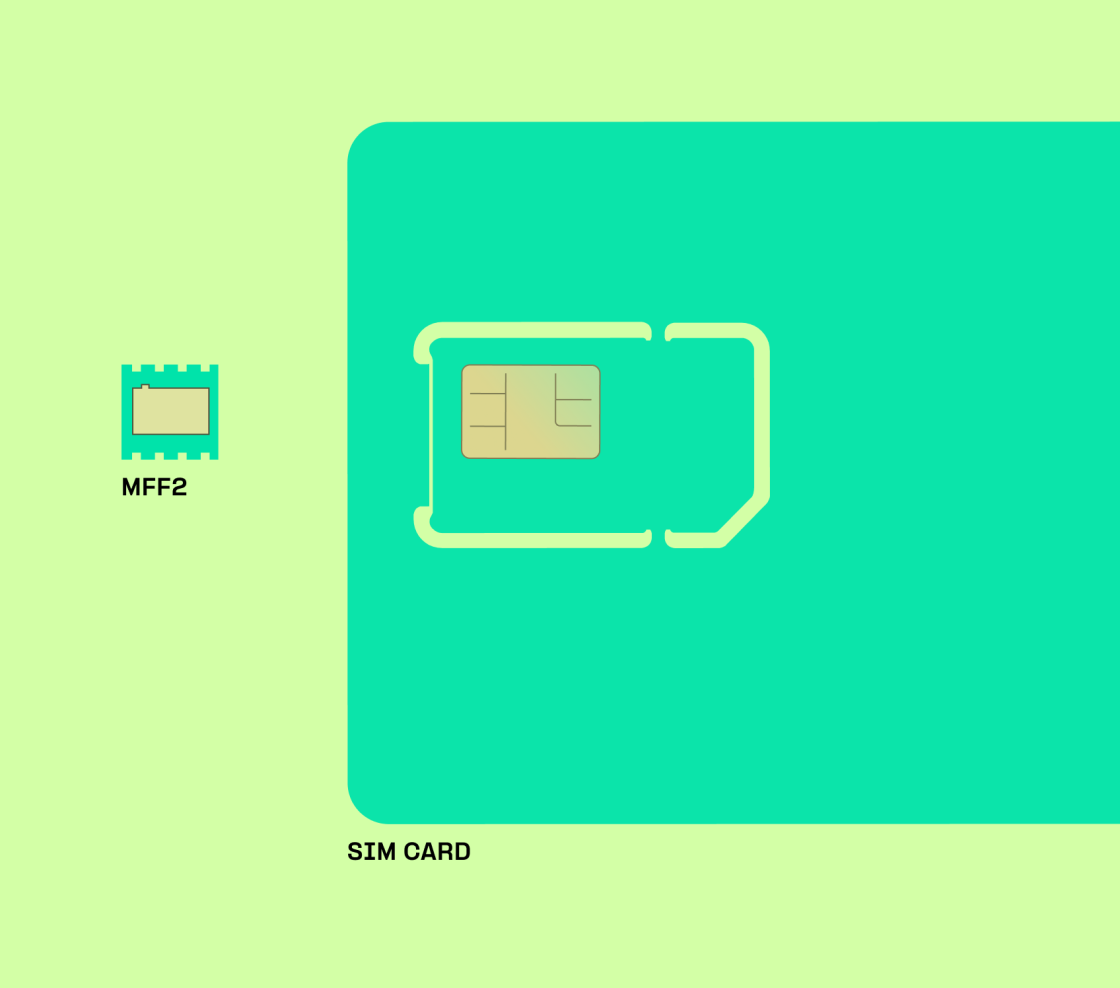Role Of Smart Sensors In Iot Comprehensive Remote Monitoring Solutions
IoT connectivity in building automation techniques represents a transformative leap in how we handle and optimize our built environments. The integration of IoT technology permits for real-time monitoring and management of assorted constructing techniques corresponding to HVAC, lighting, safety, and even energy consumption. These developments result in enhanced energy efficiency, improved occupant comfort, and streamlined facility management.
The rise of smart buildings exemplifies the numerous potential of IoT connectivity. With sensors embedded all through the infrastructure, knowledge is constantly collected and analyzed. This data-driven approach permits constructing managers to make informed decisions about operating situations and useful resource allocation. Predictive maintenance is considered one of the key applications, permitting for the identification of potential gear failures earlier than they happen, thereby reducing downtime and maintenance prices.
Connectivity in constructing automation fosters a more responsive environment. By using cloud technologies and cell purposes, users can work together with constructing systems from wherever. This distant access empowers facility managers and occupants alike to regulate settings, obtain alerts, and analyze performance metrics. Such capabilities contribute to a more agile and adaptable constructing, capable of assembly changing needs.
Iot Remote Monitoring And Control Comprehensive Remote Monitoring Solutions
Another side of IoT connectivity in building automation is the integration of advanced analytics. By harnessing data analytics, constructing managers can acquire insights into utilization patterns and system efficiency. This fosters a culture of steady improvement, where decisions are pushed by real-time information quite than assumptions. Consequently, buildings could be optimized for energy use, resulting in lower working prices and a lowered environmental footprint.
Security is another important part enhanced by IoT connectivity. Smart building techniques can communicate with each other, providing complete surveillance and access control measures. IoT-enabled cameras, alarms, and locks work together to create a secure environment with out compromising comfort. Building managers can monitor security feeds and receive alerts on to their units, allowing for prompt motion in case of emergencies.
The position of IoT connectivity extends beyond operational effectivity and security. It can significantly improve occupant experiences as properly. For instance, smart lighting techniques can modify routinely primarily based on the time of day or occupancy levels. Climate controls can be customized, providing tailor-made environments for various areas of the building. Such options lead to elevated consolation, productivity, and satisfaction amongst occupants.
Collaboration amongst various techniques is crucial for optimizing constructing efficiency. IoT connectivity facilitates seamless communication between disparate technologies. A smart thermostat can work in tandem with an occupancy sensor to adjust heating and cooling primarily based on real-time occupancy. Integration like this ensures that assets are used efficiently whereas enhancing consumer experiences.
Role Of Smart Sensors In Iot Asset Monitoring Solutions with IoT
Incorporating IoT connectivity can initially seem daunting for building owners because of the upfront prices and the technological complexity. However, the long-term financial savings and operational advantages typically far exceed the initial investments. Property owners can also benefit from elevated asset worth, as smart buildings are increasingly in demand among tenants in search of fashionable, efficient facilities.
A pivotal consideration when implementing IoT connectivity is information privateness and safety. As buildings turn out to be more interconnected, the potential for safety breaches increases. It is vital for constructing managers to undertake robust cybersecurity measures to guard delicate data. Implementing encryption protocols, common software program updates, and strict access controls can considerably enhance the security of constructing automation methods.
The way forward for constructing automation techniques is undoubtedly tied to the evolution of IoT connectivity. New technologies continuously emerge, providing revolutionary ways to combine and optimize building operations. The introduction of 5G technology, as an example, is about to revolutionize how gadgets talk. Enhanced information speeds and lowered latency will assist more superior purposes, including virtual and augmented actuality tools for constructing management and design.
Role Of Smart Sensors In Iot Importance of Industrial Remote Monitoring
Sustainability additionally plays an important role within the dialogue round IoT connectivity in building automation systems. Energy management techniques powered by IoT can actively monitor consumption patterns and implement methods to scale back waste. The ability to assess energy utilization in real-time allows managers to adopt extra sustainable practices - Iot Global. These efforts contribute substantially to corporate social accountability objectives and regulatory compliance.
The collaboration between manufacturers, technology suppliers, and end-users is essential for the profitable deployment of IoT in building automation techniques. Each stakeholder performs a significant function in making certain that the techniques aren't only efficient but also user-friendly. Training for employees and occupants on how to use these superior tools can enhance general adoption and maximize advantages.
Looking towards the lengthy run, the potential for IoT in building automation methods is huge. The demand additional info for smart, sustainable environments will continue to develop. As know-how evolves, buildings might be equipped with much more sophisticated IoT capabilities, enhancing both performance and sustainability. The convergence of those technologies will result in smarter cities and improved quality of life for their inhabitants.
In conclusion, IoT connectivity in constructing automation systems is not just a development but a essential evolution in how we manage buildings. The myriad benefits—from improved operational effectivity and enhanced security to increased occupant comfort—make it a useful asset for modern amenities. Addressing the challenges of information security and preliminary costs will pave the greatest way for broader adoption, ultimately resulting in smarter, extra sustainable built environments.
Iot Global Implementing Remote Monitoring for IoT Devices
- Enhanced energy efficiency by way of real-time monitoring and control of heating, air flow, and air-con (HVAC) methods.
- Integration of smart sensors to supply actionable insights about occupancy and usage patterns, optimizing resource allocation.
- Improved safety through IoT-enabled surveillance cameras and entry control techniques that provide distant management capabilities.
- Use of predictive maintenance by analyzing information from various constructing methods to foresee failures and cut back downtime.
- Seamless communication between numerous gadgets and platforms, permitting for unified management of building operations.
- Remote entry to building techniques offers facility managers with management from anywhere, facilitating faster decision-making.
- Scalability of IoT solutions allows phased upgrades, accommodating evolving technology requirements with out extensive overhauls.
- Enhanced person expertise by way of personalized environmental settings that adapt to individual preferences and needs.
- Support for superior information analytics, leading to knowledgeable strategic decisions based mostly on actionable insights derived from constructing data.
- Increased property value via smart constructing initiatives that provide fashionable conveniences and greater efficiency to tenants.undefinedWhat is IoT connectivity in constructing automation systems?
IoT connectivity in constructing automation systems refers again to the integration of Internet of Things (IoT) technologies to observe, control, and optimize building operations. This connectivity permits devices to communicate with one another and with centralized techniques, enhancing efficiency and enabling real-time knowledge evaluation.
How does IoT enhance energy management in buildings?
It Remote Monitoring Software IoT Wireless Sensors for Monitoring
IoT enhances energy administration by providing real-time information on energy utilization, enabling automated control of HVAC, lighting, and different systems. This results in optimized efficiency, lowered waste, and decrease energy costs, all whereas sustaining occupant comfort.

What are the security concerns associated to IoT connectivity in constructing automation?
Security considerations embrace potential vulnerabilities in related devices, data breaches, and unauthorized access to building techniques. Implementing strong encryption, common updates, and a robust cybersecurity strategy may help mitigate these dangers.
It Remote Monitoring Software Gateway for Medical Device Monitoring

Can IoT connectivity assist in predictive maintenance for building systems?
Yes, IoT connectivity allows predictive maintenance by using sensors to observe gear efficiency in real-time. This knowledge can predict potential failures, permitting for timely maintenance earlier than issues escalate, thereby lowering downtime and maintenance costs.

What kinds of devices are commonly utilized in IoT constructing helpful hints automation systems?
Remote Monitoring Unlocking IoT Remote Monitoring Potential
Common devices embrace smart thermostats, lighting controls, safety cameras, occupancy sensors, and energy meters. These units talk over IoT protocols to streamline constructing administration and enhance operational efficiency.
How does IoT connectivity facilitate occupant comfort?
IoT connectivity allows for personalised environmental control, similar to adjusting temperature and lighting based mostly on particular person preferences or occupancy patterns. This customization enhances occupant consolation and satisfaction throughout the constructing.
Are there any regulatory concerns for implementing IoT in buildings?
Iot Revolution Technologies IoT Maintenance and Monitoring Solutions
Yes, there could additionally be regulatory concerns regarding knowledge privateness, energy consumption standards, and constructing safety codes. Compliance with local laws and business standards is important when implementing IoT solutions in constructing automation.
What is the return on funding (ROI) for installing IoT-enabled constructing automation systems?
The ROI may be significant, typically realized by way of energy savings, reduced operating costs, and improved occupant productiveness. Many organizations expertise fast payback intervals, particularly in large buildings where operational effectivity can yield substantial financial savings.
Iot Remote Monitoring And Control Basics of IoT Remote Monitoring
How do I select the best IoT resolution for my building?
Selecting the right IoT answer entails assessing your building’s specific wants, contemplating scalability, compatibility with existing methods, and the status of the solution supplier. Consulting with experts can ensure you select a solution that aligns together with your operational targets. Iot Remote Monitoring And Control.
What role does data analytics play in IoT building automation?
Remote Iot Monitoring Solution Package for Remote Machine Monitoring
Data analytics plays a vital position in assessing performance and driving decision-making. By analyzing the info collected from IoT gadgets, building managers can establish tendencies, optimize useful resource usage, and implement strategies for steady improvement in constructing efficiency.